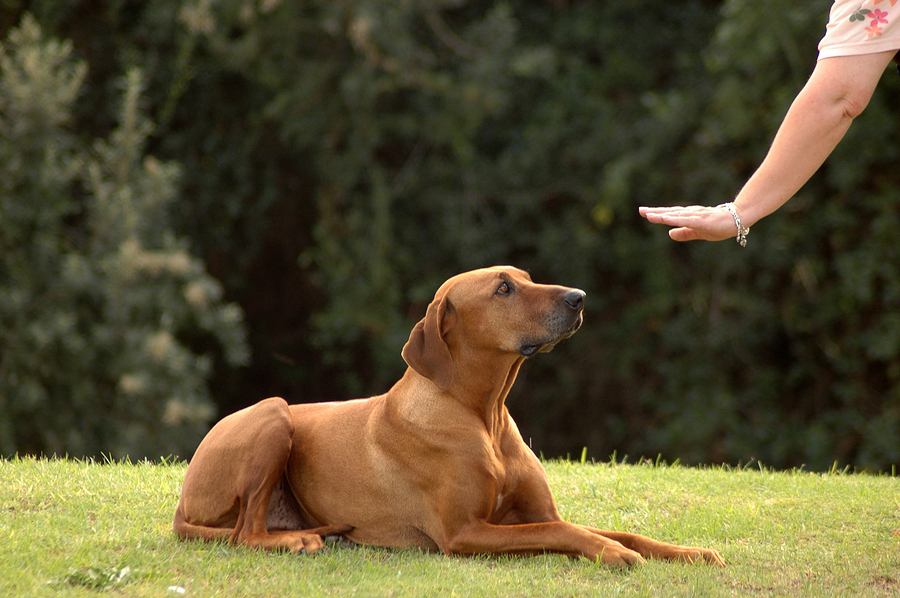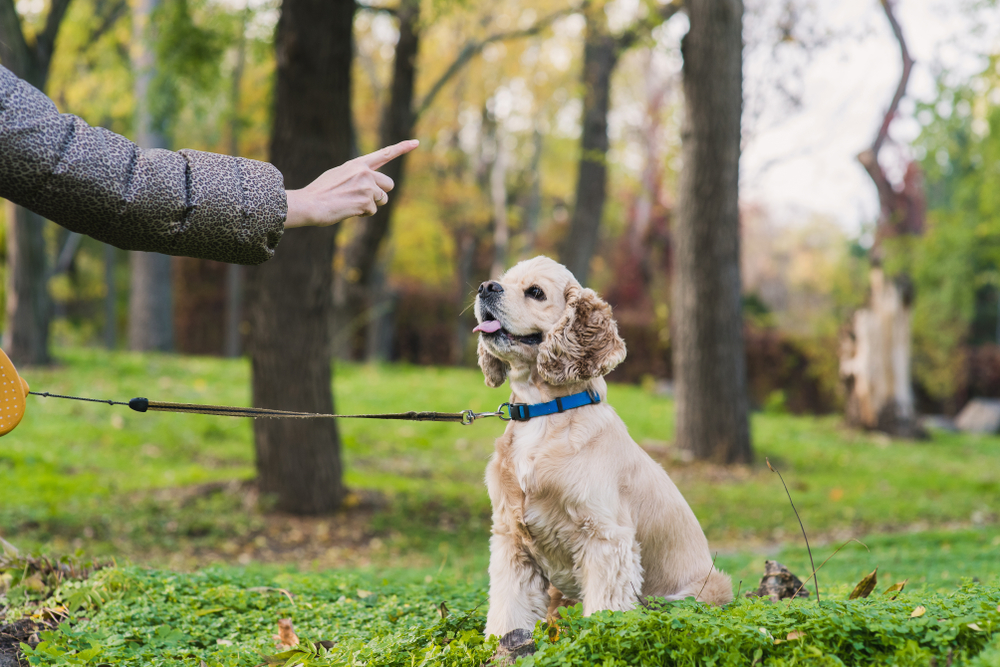Get Results with Puppy Training That Sets the Foundation for a Well-Behaved Dog
Get Results with Puppy Training That Sets the Foundation for a Well-Behaved Dog
Blog Article
Newbie's Overview to Effective Canine Training at Home
Effectively training a pet dog in the house needs a nuanced understanding of canine actions and reliable interaction strategies. Establishing clear training objectives, making use of high-grade incentives, and keeping uniformity across family participants are vital elements. Furthermore, incorporating training right into day-to-day routines can boost both involvement and retention. Nevertheless, numerous novice fitness instructors experience challenges that may hinder progress. To navigate these intricacies successfully, it's vital to explore a number of crucial aspects that can change your technique and cause a harmonious partnership with your animal. What fundamental concepts should every newbie grasp to guarantee success?
Comprehending Dog Actions
Comprehending dog habits is crucial for effective training and cultivating a harmonious relationship in between human beings and their canine buddies - Puppy Training. Pet dogs interact primarily via body language, articulations, and faces, making it crucial for owners to interpret these signals accurately. Recognizing actions such as tail wagging, growling, or cowering can supply insights into a pet dog's emotional state and purposes
In addition, understanding the all-natural instincts of canines, such as their pack attitude, helps proprietors establish management functions within the home. This is vital for producing a structured environment where pets really feel secure and are much more receptive to training. Pet dogs are also influenced by their socialization experiences; very early direct exposure to different atmospheres, people, and various other pets can dramatically form their behavior later on in life.
Usual behavioral problems, such as aggression, anxiousness, or too much barking, usually come from misunderstandings or unmet requirements. Observing and addressing these concerns promptly can avoid escalation and guarantee a positive training experience. By cultivating a deep understanding of dog habits, proprietors can tailor their training methods to match their canine friends, ultimately leading to a well-behaved and happy pet dog.

Important Training Tools
A well-appointed training space can substantially enhance the effectiveness of pet dog training at home. Crucial training devices make sure that both the trainer and the canine can take part in efficient sessions that promote learning and bonding.

Purchasing a tough leash and a comfortable, well-fitting collar or harness is crucial for safety and control. These devices aid establish borders and make sure the pet stays safe and secure throughout training. Furthermore, a marked training area, without distractions, help focus for both the dog and the trainer.
Training aids such as training pads, cones, or agility devices can likewise boost the experience by presenting selection and difficulties. Having a notebook or electronic app for tracking progression can be very useful, permitting you to keep in mind successes and locations for improvement. Making use of these important devices will certainly create a favorable training atmosphere and lay the foundation for reliable understanding.
Producing an Educating Regimen
Developing a regular training regimen is important for efficient pet training at home. A well-structured routine not just helps in reinforcing preferred actions however additionally gives your pet with a sense of security and predictability. To create a reliable training routine, start by recognizing certain training goals, such as fundamental commands, chain strolling, or house-breaking.
Select an assigned time daily for additional hints training sessions, preferably when your pet is alert and responsive. Sessions should be short, approximately 5 to 15 mins, to preserve emphasis and prevent tiredness. Consistency in timing and environment will enhance your pet dog's learning experience.
Include training into daily tasks to reinforce abilities. Practice commands during walks or nourishment, which incorporates learning right into natural routines. Furthermore, stay flexible and adjust the routine as required, suiting your pet's power degrees and mood.
Positive Support Strategies

When carrying out favorable support, it is important to pick rewards that are inspiring for your pet dog. High-value treats, such as small items of poultry or cheese, can be especially efficient throughout training sessions. Furthermore, varying the incentives can maintain your dog's passion and enthusiasm.
Start with basic commands, like "rest" or "stay," and progressively development to more intricate tasks. Consistency is essential; make sure that all household members use the exact same commands and incentive systems to stay clear of complication.
Moreover, it is important to remain client and stay clear of irritation. Pets, like people, find out at their own pace. By promoting a helpful training environment with favorable support, you can enhance your pet dog's understanding experience while strengthening the bond between you and your hairy companion, laying the groundwork for successful training end results.
Common Educating Obstacles
While educating a pet dog at home can be a satisfying experience, it commonly comes with a set of usual obstacles that can check both persistence and consistency. One prevalent problem is diversion. Pet dogs might come to be quickly averted by noises, motions, or also fragrances in their environment, making it tough to maintain their focus throughout training sessions.
Another challenge is variance in commands and reinforcement. If family participants utilize various hints or rewards, it can hinder and perplex the pet progress. Establishing a unified strategy is vital for reliable communication.
Additionally, dogs can experience stress or anxiety, particularly if they do not recognize what is expected of them. This can lead to unwanted habits, such as chewing or anchor barking.
Ultimately, the timing of reinforcement is vital. Delayed incentives can reduce the efficiency of positive reinforcement, as pet dogs may fall short to connect the habits with the reward.
Overcoming these challenges requires dedication, clear communication, and a structured training strategy - Puppy Training. Acknowledging and resolving these usual challenges will lead the way for a more satisfying and effective training experience in your home
Conclusion
In verdict, effective pet training at home demands a thorough understanding of canine habits and efficient interaction methods. By developing clear training goals and using top quality deals with along with positive support, the training process comes to be a lot more satisfying for both the dog and the trainer.
Establishing a constant training regimen is crucial for efficient dog training at home.Favorable support techniques are fundamental to efficient pet dog training, advertising desired actions through benefits rather than punishment. By fostering a helpful training environment with positive support, you can improve your dog's learning experience while strengthening the bond between you and your hairy buddy, laying the foundation for effective training outcomes.
In final thought, effective pet training at home requires an extensive understanding of canine actions and reliable interaction techniques. By developing clear training objectives and using high-quality treats together browse around this site with positive support, the training procedure ends up being a lot more gratifying for both the pet and the instructor.
Report this page